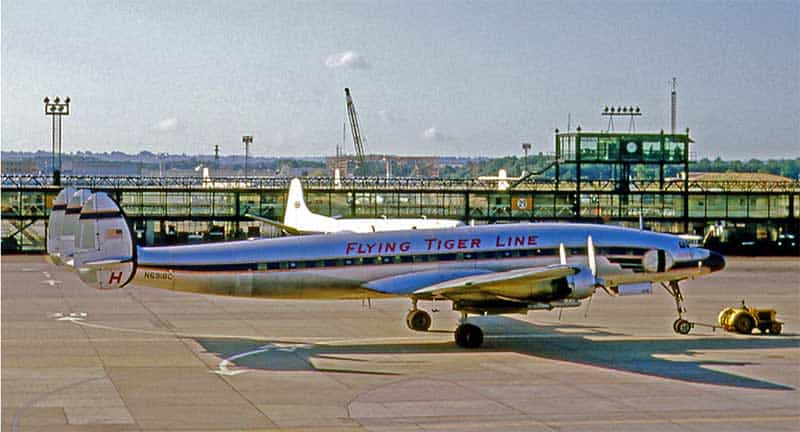The Curious Origins of the Final Frontier
Born in 1921, he was the oldest son of a police officer and a homemaker. Raised in Los Angeles, the kid had a fascination with aviation from a young age. He earned his pilot’s license in the early 1940’s via the Civilian Pilot Training Program sponsored by the US Army Air Corps.
In 1941, being a young fit pilot was a marketable skill in wartime America. The kid enlisted eleven days after the Japanese bombed Pearl Harbor. By August of the following year, he was married and commissioned as a Second Lieutenant. He was posted to the 394th Bomb Squadron, 5th Bombardment Group, 13th Air Force flying the B17 Flying Fortress. He ultimately flew 89 combat missions.
In August of 1943 the B17E he was flying overshot the runway and slammed into trees on the island of Espiritu Santo. The nose of the plane was crushed. The bombardier and navigator were both killed in the crash, but the pilot was absolved of responsibility.
All Wars End Eventually
With the terminus of World War II, the young man was an experienced pilot with plenty of flight time in four-engined heavy bombers. Such experience translated well to the airlines. At 25 years of age he was flying Lockheed Constellations for Pan American World Airways.
On the evening of June 18, 1947, the man was deadheading on board Pan Am Flight 121 flying from Karachi to Istanbul. The plane was christened the Clipper Eclipse. As he had no flying duties, he was considered third officer and was fairly superfluous.
The Eclipse had been flown hard over the previous week and had suffered engine problems along the way. An engine cylinder as well as an oil pump had been replaced to keep the big plane in service, but the machine needed some proper maintenance. Now five hours into its ten and a half-hour flight and with a total of 36 souls onboard, the young B17 pilot moved up front to take the controls and give the Captain a breather. Soon thereafter the number one engine had an exhaust rocker arm failure so the young man shut it down.
The Constellation would fly fine on three engines, but they were in the middle of no place. The handy airfields lacked the facilities to make an engine change, so the Captain opted to drive on to Istanbul. However, pushing the heavy plane on three engines caused the remaining powerplants to overheat. Three hours later the number two engine caught fire.
The fire suppression system failed to extinguish the blaze, and the fire got so hot the magnesium engine mount caught fire as well. The young veteran then made his way to the cabin to help calm the passengers. He buckled himself in three rows from the back of the plane. Shortly thereafter the number two engine separated from the aircraft. Now plummeting to the ground, one woman began screaming. The young pilot unbuckled and made his way to her side to offer comfort. He didn’t have time to secure his seatbelt. He later admitted he knew he was going to die.
The Crash
The plane hit hard and the cockpit crew was killed. The young pilot was thrown around violently and broke two ribs but was still able to get 20 survivors clear of the wreckage before it became fully involved. He organized those living and sent out two parties in search of help.
Two groups of Syrian tribesmen approached the crash site with the intent of robbing the crash and killing the survivors. The military veteran kept a cool head throughout and convinced the belligerent nomads to take the stuff but leave the passengers alone. Eventually Syrian Army planes and ground forces reached the crash site and medevac’d the injured. The young pilot was commended by Pan Am for his heroism and cool head in a crisis.
The Rest Of The Story
The young B17 pilot who organized the crash survivors and got them to safety was Gene Roddenberry. Roddenberry resigned from Pan American soon after the crash and became a motorcycle cop in Los Angeles. While working as a police officer he began dabbling in screenwriting. From there he eventually became a TV producer.
Roddenberry envisioned his most successful undertaking as a classic western set in space. He described it in pitch meetings as “Wagon Train to the Stars.” Perhaps you’ve seen it. The title upon which he finally settled was Star Trek.






